Trans Himalaya - Part 4: Zanskar and Himachal
Peter Van Geit completes his self-supported, alpine style journey through over 120 high altitude mountain passes across the remote Himalaya despite landslides and flash floods.
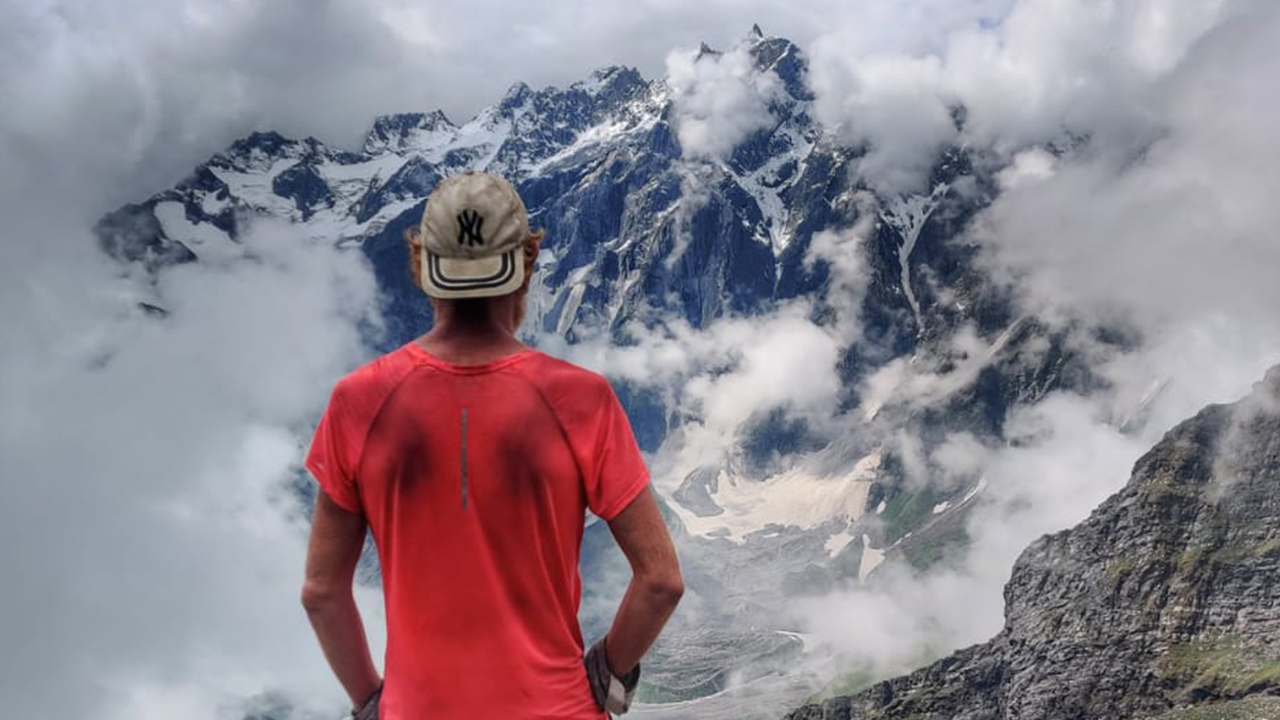
In this fourth installment of Peter Van Geit's ultra-running field notes from the Himalaya, he completes a self-supported, minimalist style journey through over 120 high altitude mountain passes.
Catch up on his 3,500-kilometer Trans-Himalayan journey: Part 1, Trans Himalaya 2019: First Contact, Part 2, Trans Himalaya 2019: Breathless in the Himalaya. and Part 3, The Invaluable Treasures of Ladakh.
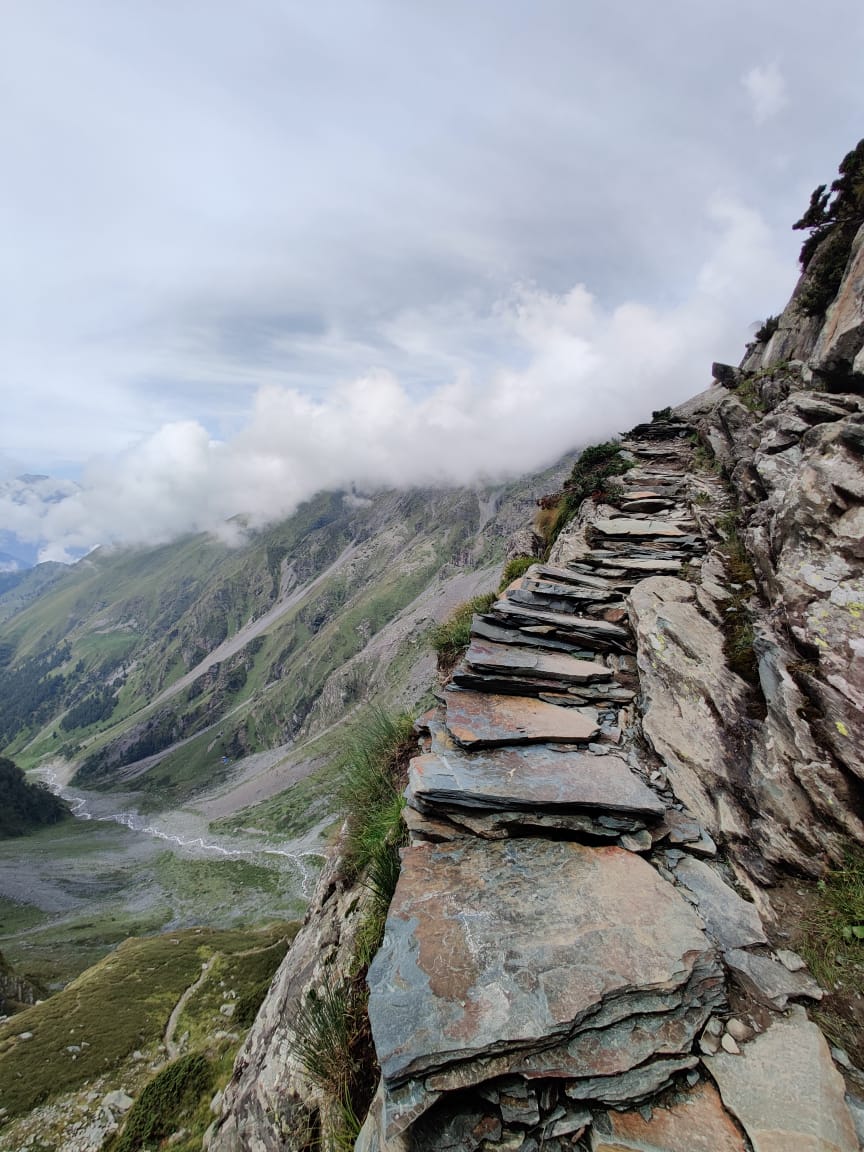
By mid-August, I had fast hiked 105 high passes over 3,000 km and approximately 140,000 meters of elevation gain across the states of Uttarakhand, Himachal, and Ladakh. At the same time, unusual heavy rains in the Indian Himalayas caused flash floods and landslides across the Northern states. My initial plan to explore the interior passes and valleys of the Hemis National Park, deep inside Ladakh and Zanskar had become impossible overnight, due to raging stream currents making it too dangerous to cross the deeply cut canyons and gorges in this high altitude desert.
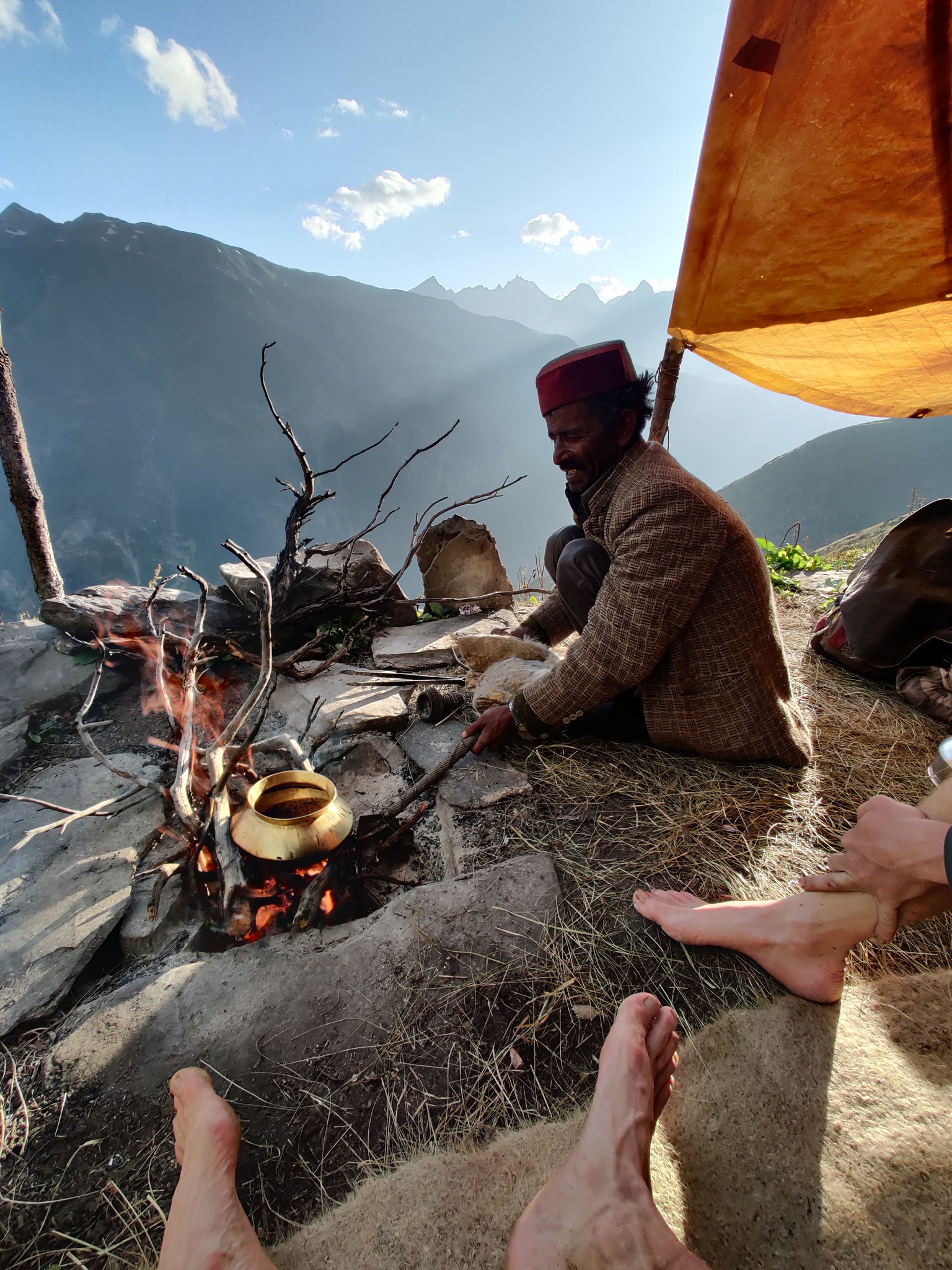
I remember staying overnight on August 15th in the deserted ghost town of Satok along the Tsarap river, two days away from any human settlement. This once vibrant farming community deep inside the remote mountains of Zanskar had been abandoned by its residents in search of an easier life away from the hardship existence in this barren alpine desert. The initial peaceful evening got interrupted at midnight by sudden heavy rains. Soon, water was seeping through the wooden roof of the deserted house I stayed in looked ready to collapse after being abandoned for over a decade. In the morning the barren desolate desert landscape was covered with a white snow blanket closing the further ahead 5000m high passes.

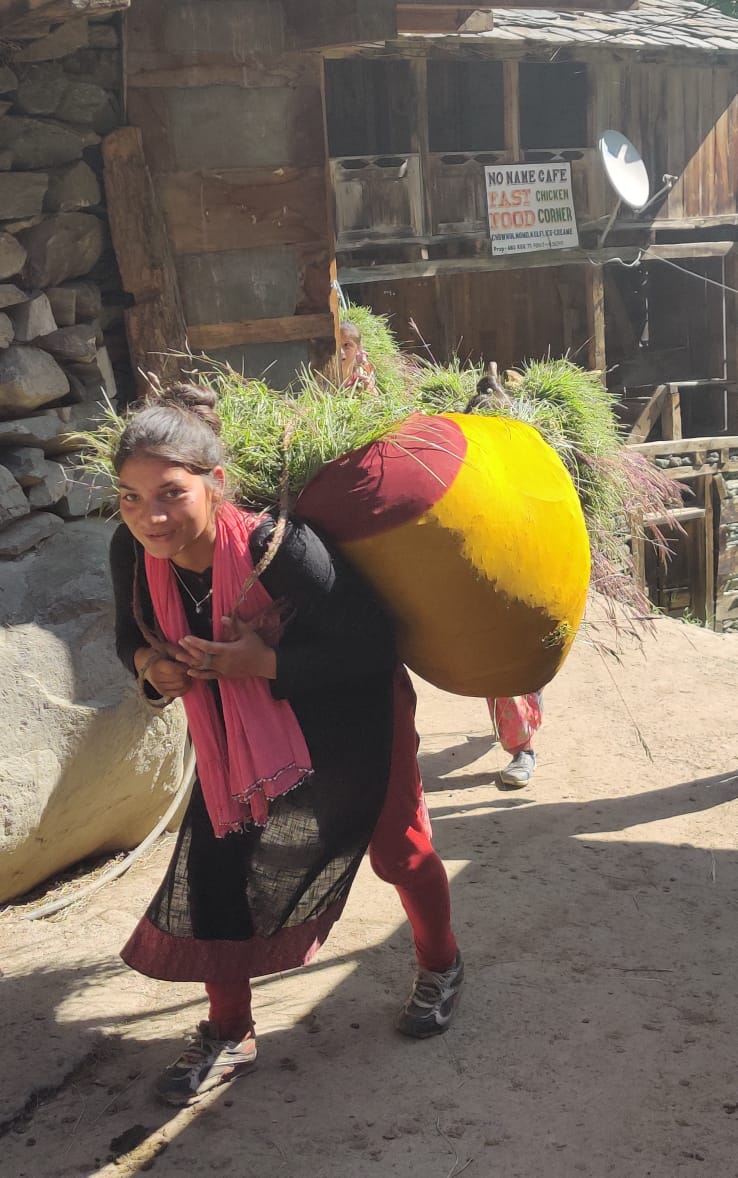
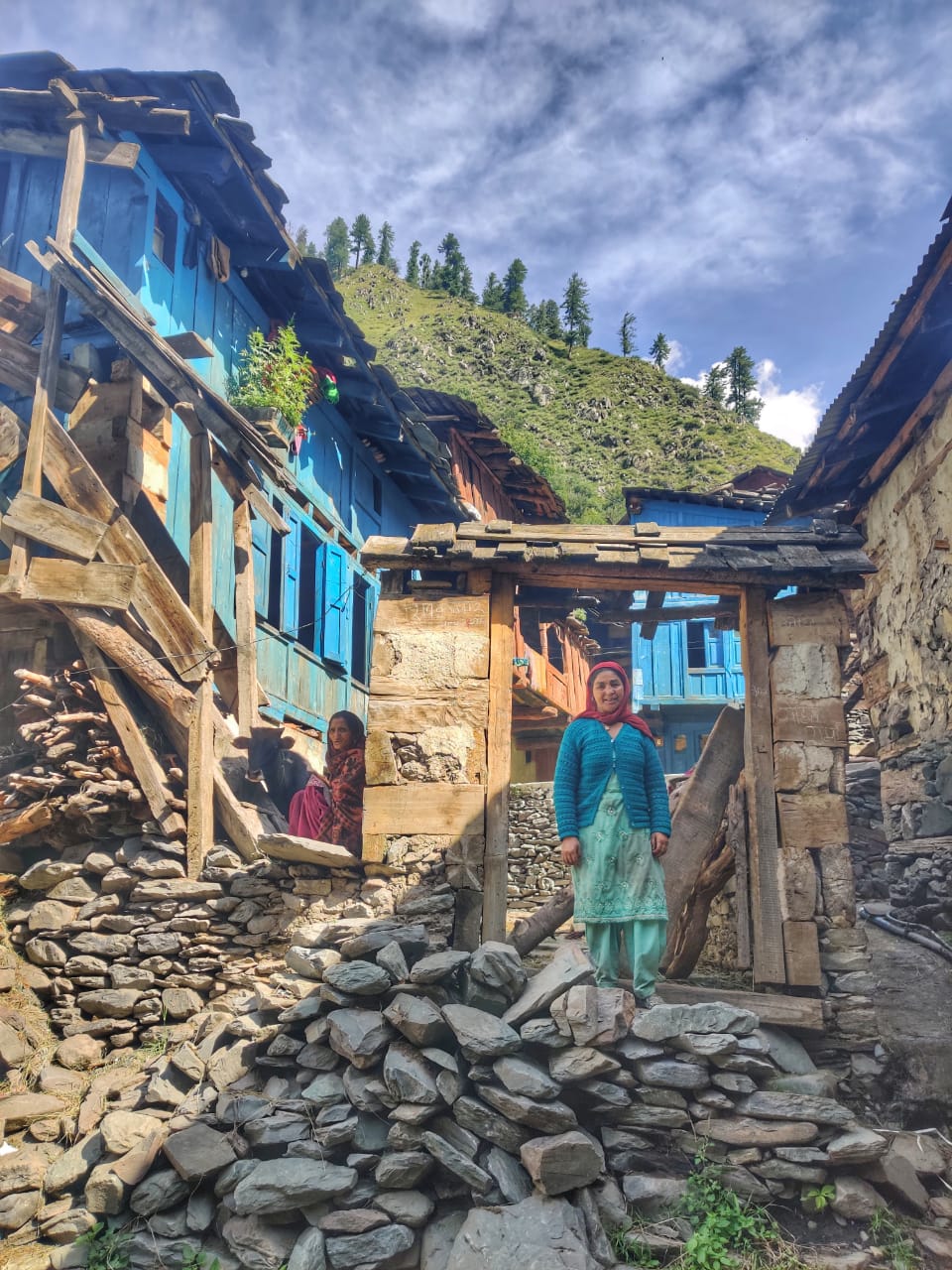
Unable to proceed further, I took a U-turn and fast hiked back to Sarchu, a remote nomadic settlement along the Manali-Leh highway, hoping to hitch a ride on an army truck to continue my journey in the lower Himalayas where passes would remain open until the start of winter. Unfortunately, several sections of the highway in this fragile landscape had been washed away by landslides caused by raging streams and no vehicles could pass for the next several days. After a three day wait in the remote settlement of Sarchu, I finally hitched a ride across the Rohtang pass where a kilometer-long traffic jam was waiting for large boulders to be cleared from the road. I got off from my ride and started descending into the beautiful Solang valley below the pass.
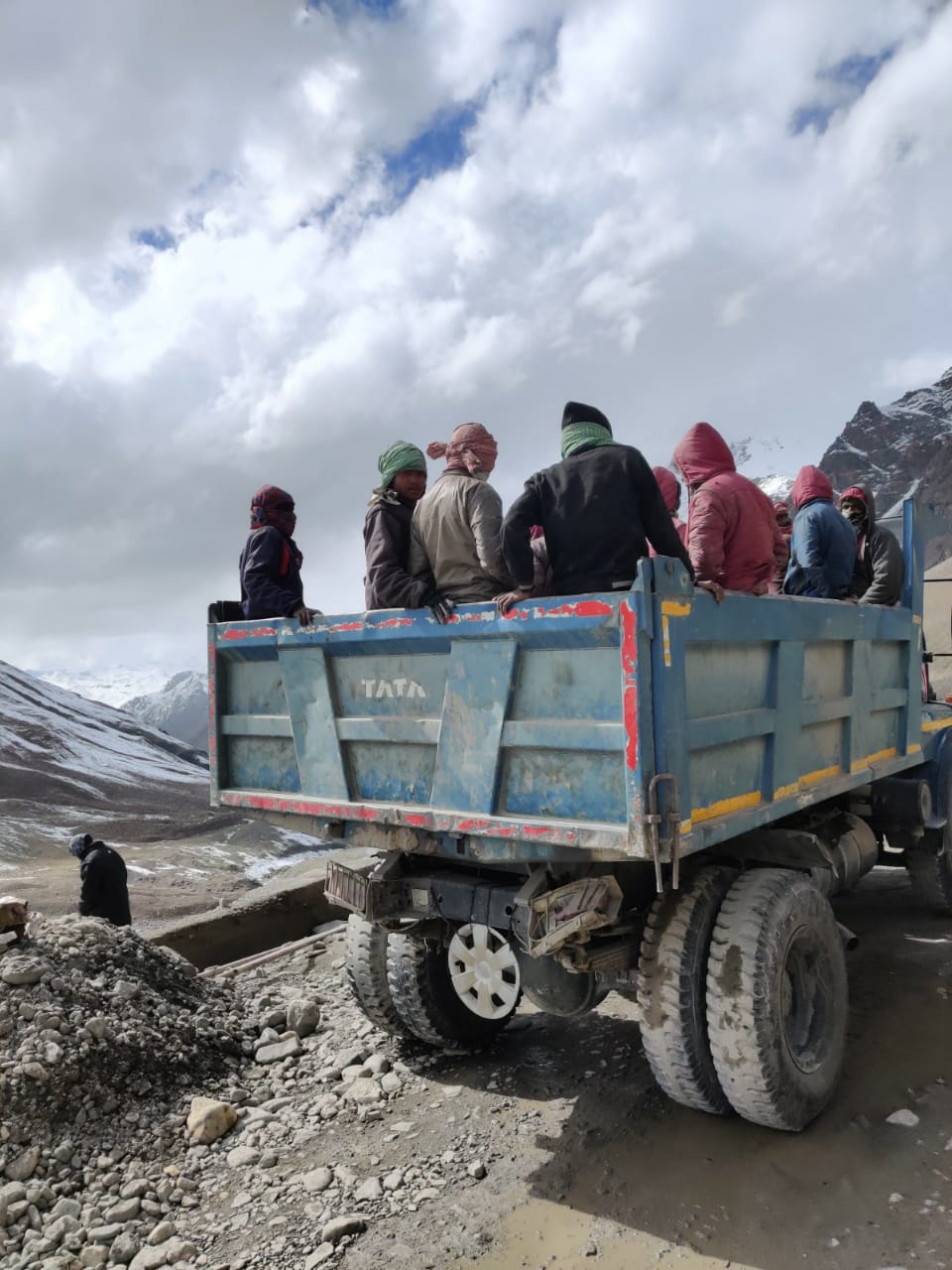
That night I enjoyed the warm hospitality again of the "Gaddis" or shepherds in their makeshift rock shelter around a warm campfire at the origin of the mighty Beas river. The next morning I attempted my 106th ascent to the snow-covered Shitidar peak at 5,100 m altitude demarcating the intersection of Kullu, Lahaul and Chamba valleys.
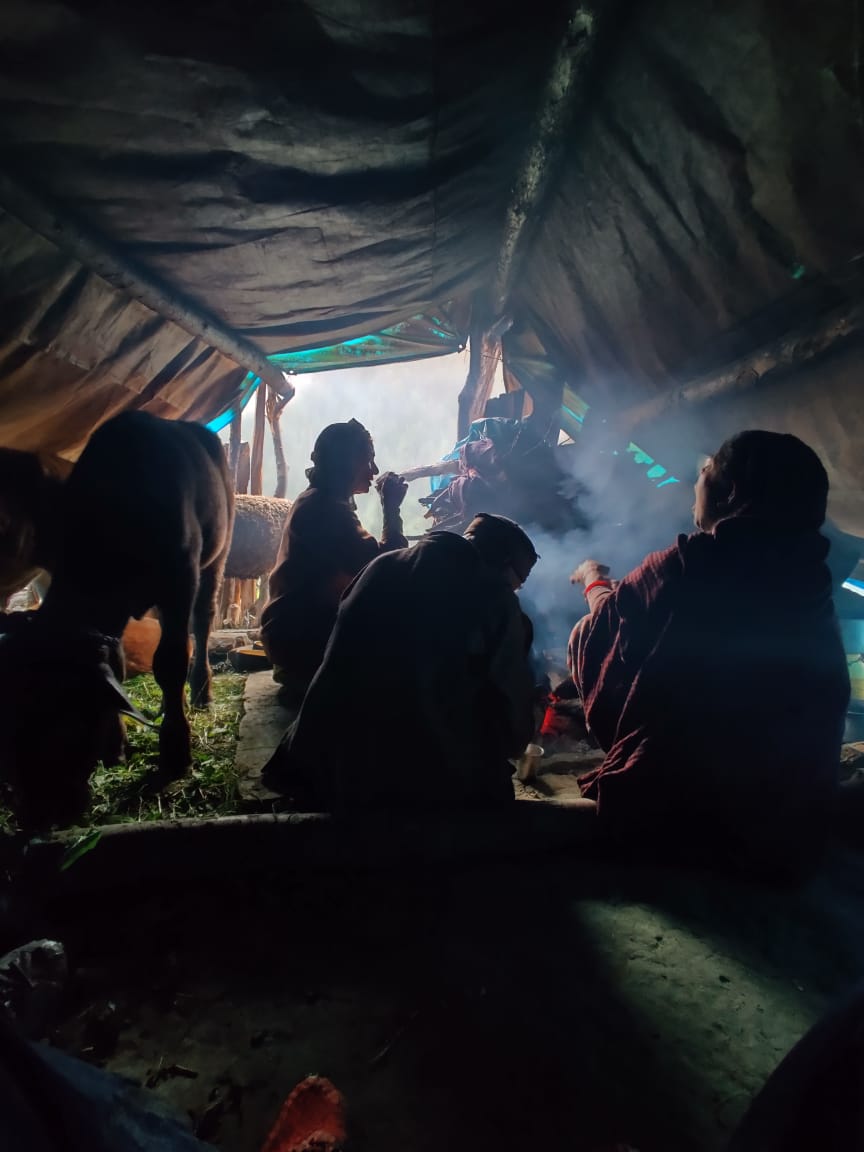
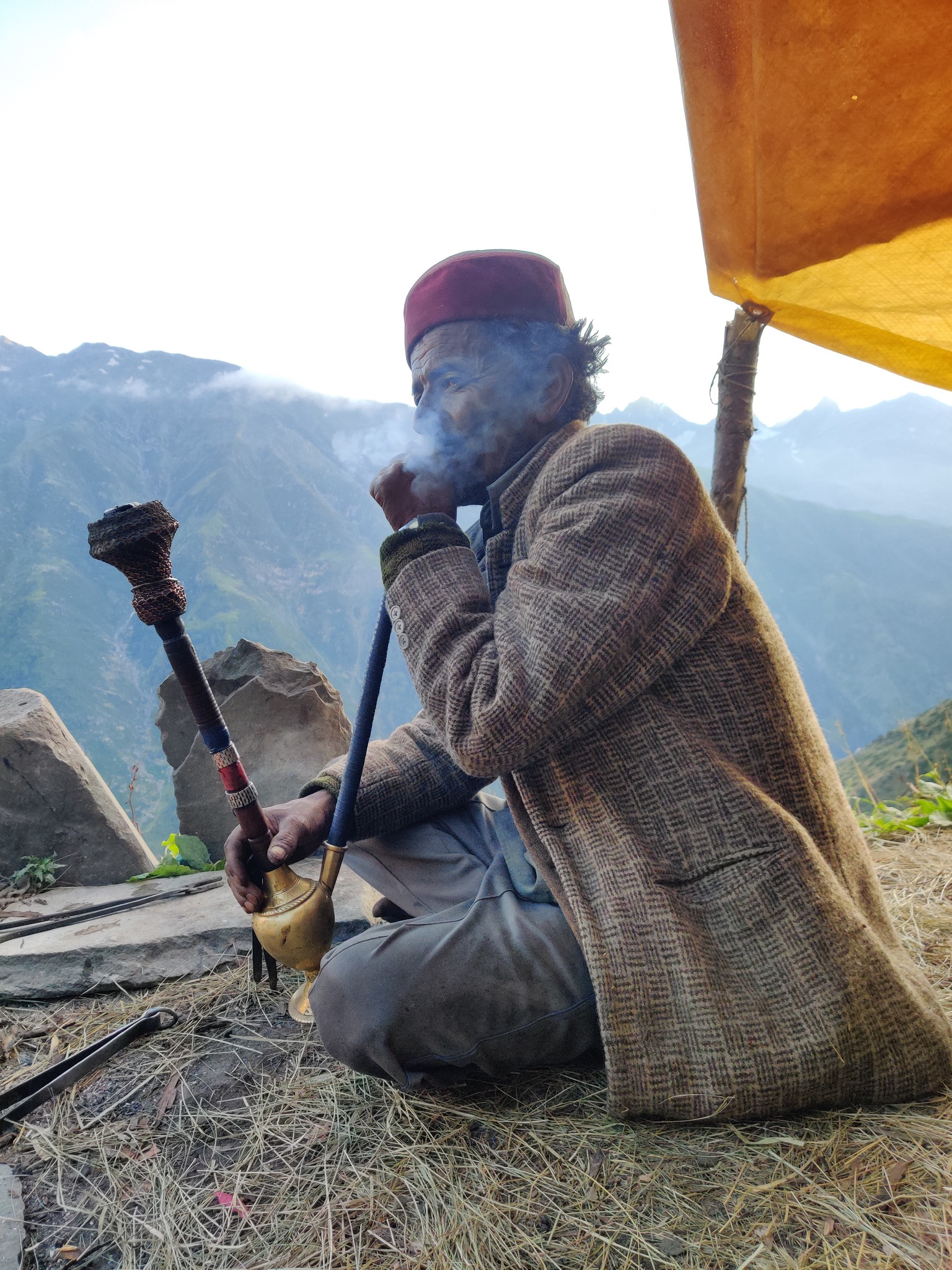
My next objective was to explore the region around Bara Bhangal - one of the most remote corners of Himachal - surrounded on all sides by the mighty Pir Panjal range - a continuous range of 5,500 m high snow peaks separating the lower Himalayas from Lahaul and Ladakh. Located two days away from any road head, and only accessible through 5,000 m high passes, Bara Bhangal is taken straight out of a fairytale book. Wooden houses with big limestone roof tiles overlook the Ravi river valley, surrounded by farmlands and apple orchards. People here live close to nature, far away from civilization, roads, electricity, mobile networks or city comforts. They are self-sustained, growing their own food and isolated for more than six months during the winter due to snowfall closing the surrounding passes. A helipad next to the primary school is the only way of rescue during an emergency and that is only during a clear weather window.

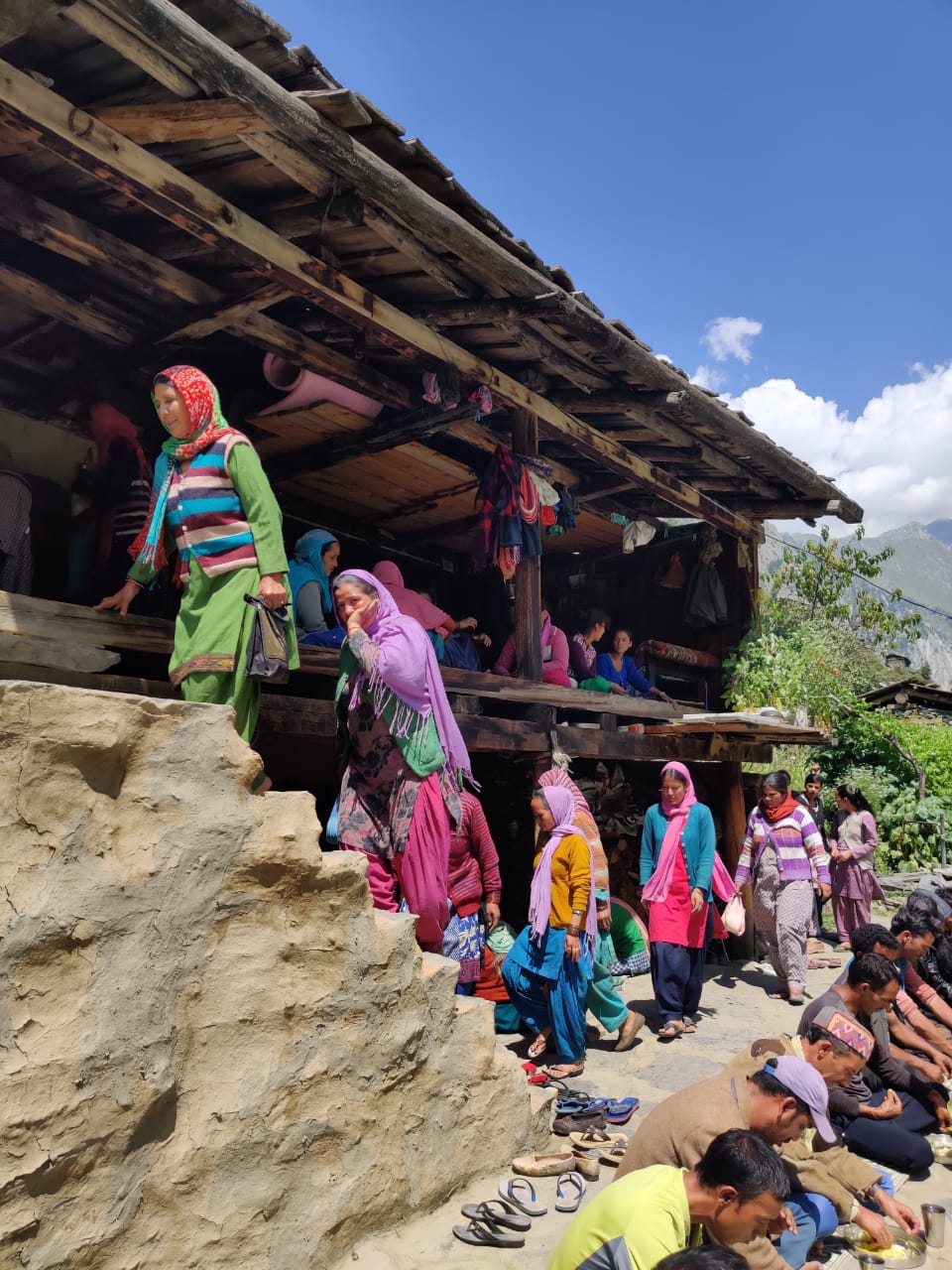
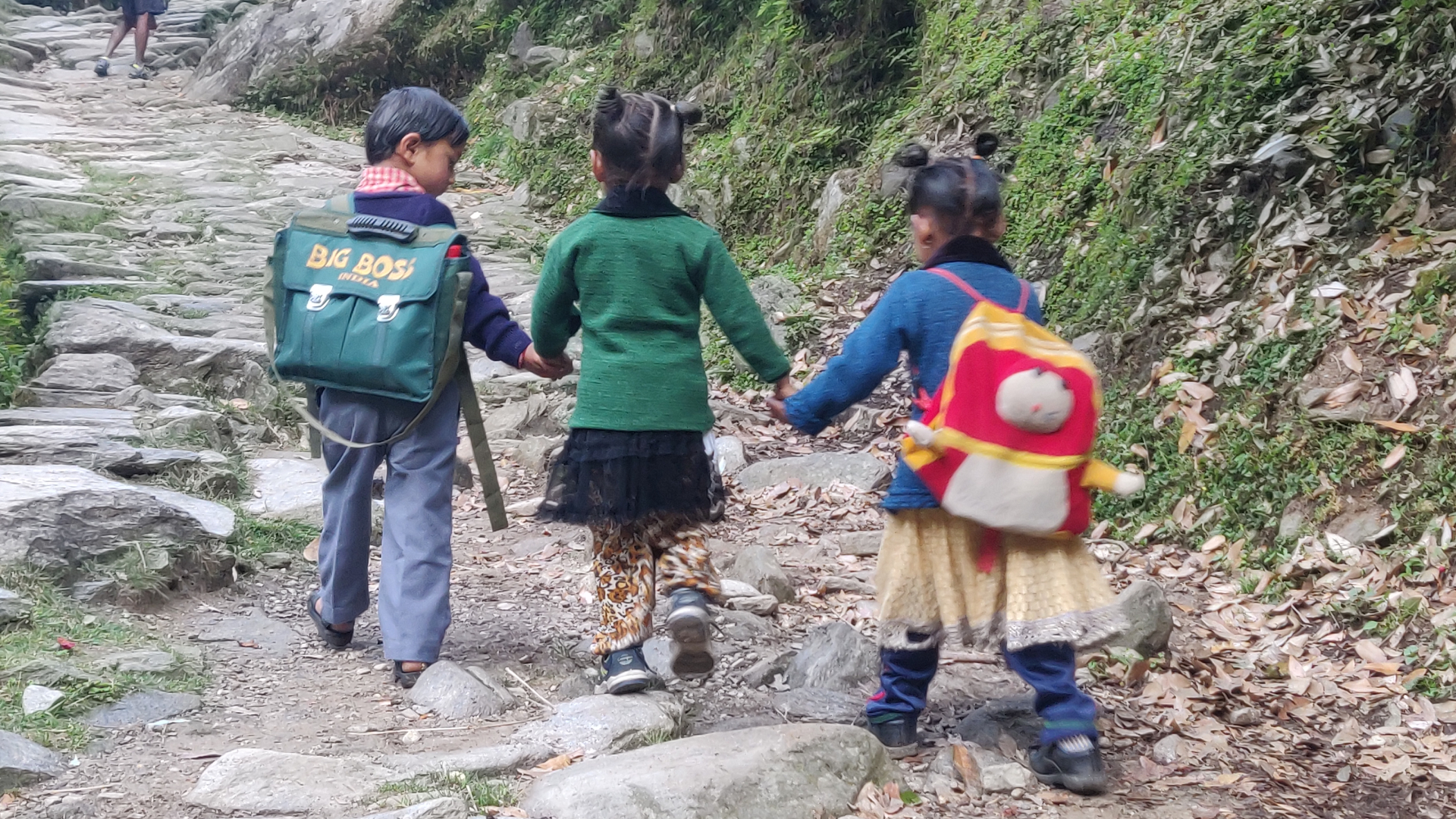
The impact of decades of non-sustainable living by us in the cities is first felt in the fragile landscape and ecosystem in the high mountains.
While climbing up 3,000+ meters out of the Kullu valley near Manali, across the Kaliheni pass into Bara Bhangal, I encountered unbelievably large landslides. Generations old shepherd trails used for annual grazing of the herds in the high alpine meadows had suddenly been washed away by unusually high rainfall, most likely linked to recent changes in the global climate. The impact of decades of non-sustainable living by us in the cities is first felt in the fragile landscape and ecosystem in the high mountains. The Himalayas are, geographically speaking, a young mountain range and contain little vegetation to hold the topsoil. Any sudden cloudburst or increased precipitation has a major impact on the landscape, washing away entire mountain slopes into the raging streams below and making it extremely challenging and dangerous to traverse. While crossing the neighboring Thamsar pass I crossed a group of horses carrying supplies to the remote hamlet of Bara Bhangal before the high passes close at the start of winter. Rations had to be unloaded mid-way due to a large landslide. Raging streams in September made it impossible to cross - even for horses - and both people and supplies had to be ferried across using makeshift steel cable carts to reach the village.

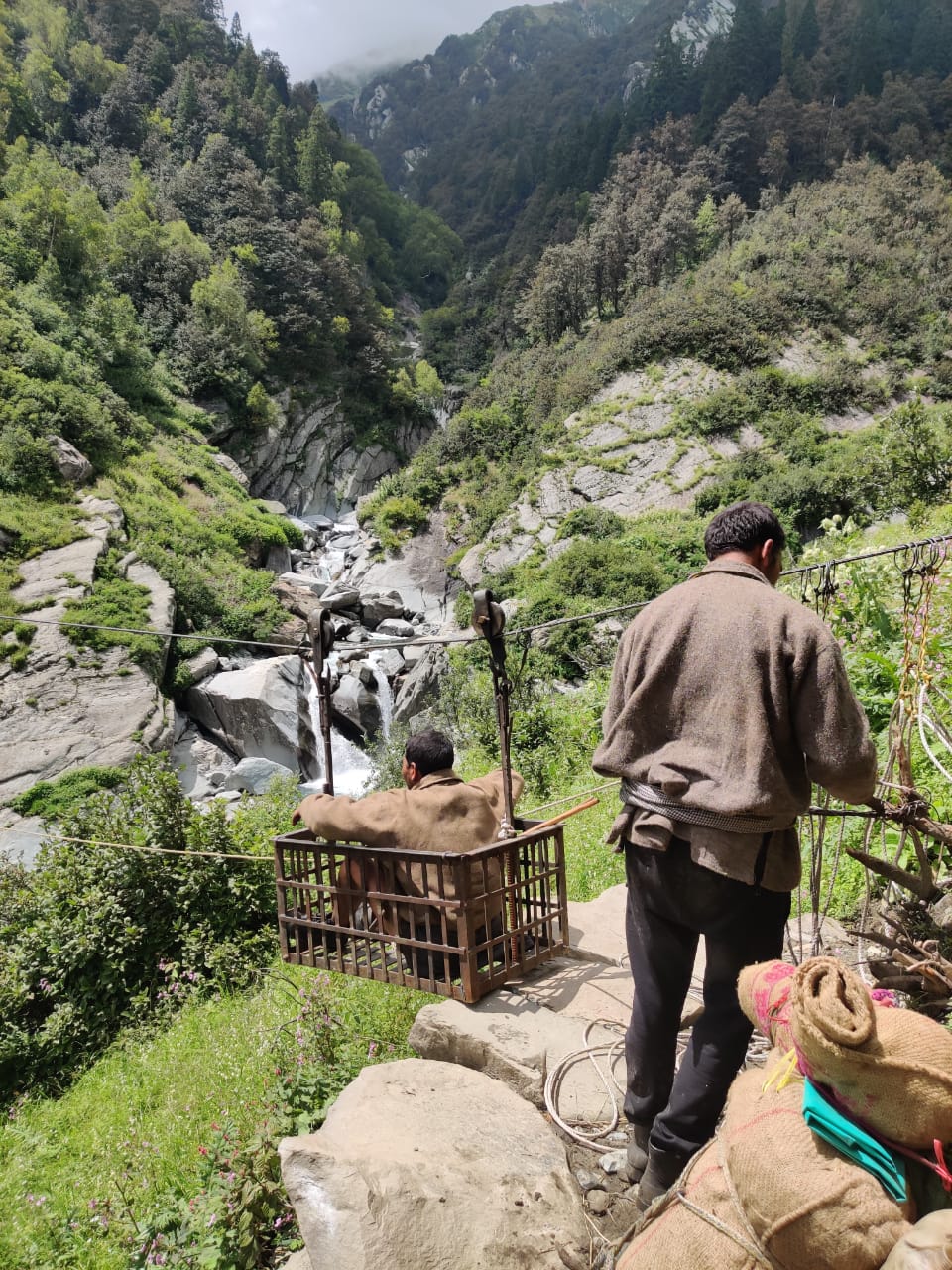
At the same time when many trails along steep valley slopes were destroyed by landslides and impossible to cross, many streams - due to the unprecedented snowfall in the previous winter - were still covered by frozen snow bridges, even at the end of the summer. The unusually high snowfall last winter - possibly also caused due to amplified oscillation of the climate - was compacted into huge chunks of tonnes of ice, at some places 10+ meters deep, covering the raging river underneath and making it possible to cross the valley wherever the trails had been washed away. It was like a game of chess between land-slide trails and frozen ice bridges to make it through the valley without being checkmated in between. The streams and glaciers which were clear in mid-summer during my 2018 Trans Himachal traverse were now - at the end of summer in 2019 - still covered beneath a thick layer of frozen snow - a possible preview of more impactful climate changes to come in the future.
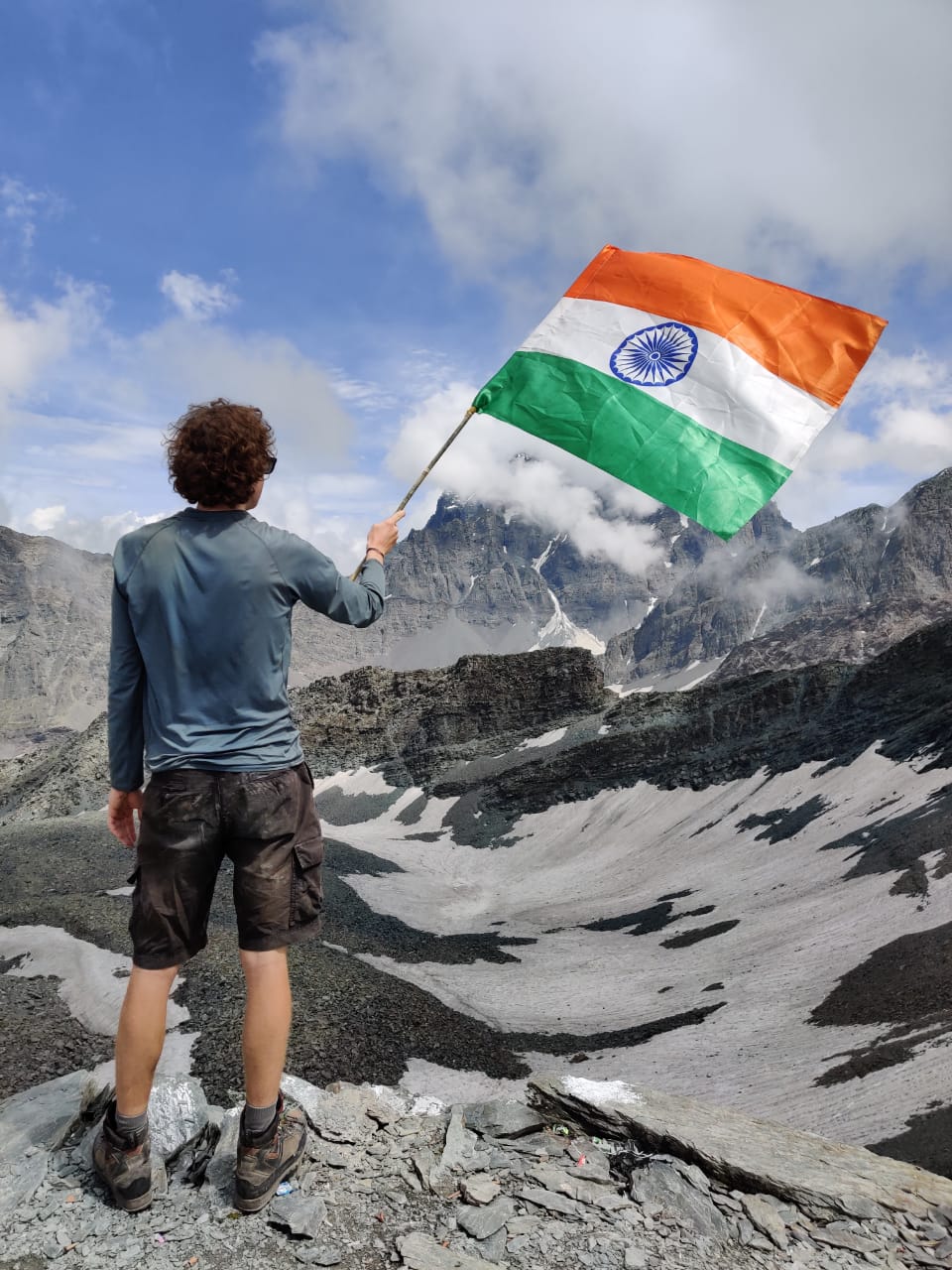
People who had been living close to nature were now falling prey to the temptation of the global, money-driven consumption economy which was triggering global climate changes that made a return to their ancient sustainable ways of living impossible.
Out of the 341 remote hamlets I passed in my 3,500 km long journey this year, at least 50 had been abandoned by either climate change or outflow to the cities by the young generations. Beautiful ancient thriving farming communities in Zanskar, Ladakh and the high mountains of Himachal had been transformed into deserted ghost towns where homes were slowly falling apart into ruins. Here and there, one last house was still inhabited by a lonely aging person or couple who were refusing to accept the new reality and leave their birthplace and traditional ways of life. Remote villages where people had been living in a self-sustained way for generations, in harmony with nature, were now abandoned for comfort and easy money in the big cities where non-sustainable consumption was erasing their past and ancient heritage from the map. People who had been living close to nature, growing their own food, building homes from natural materials, living with their cattle in mesmerizing natural surroundings were now falling prey to the temptation of the global, money-driven consumption economy which was triggering global climate changes that made a return to their ancient sustainable ways of living impossible.

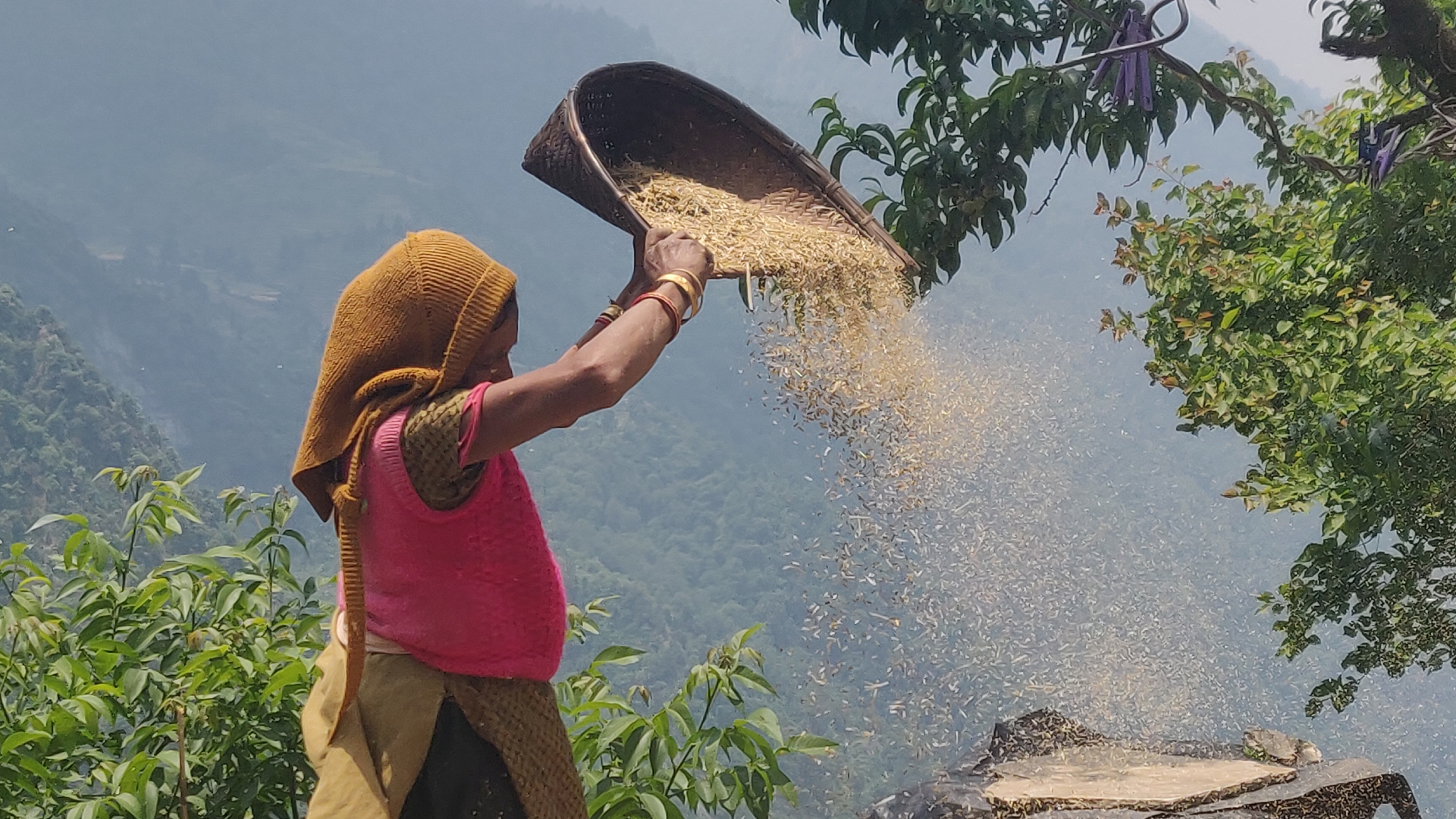
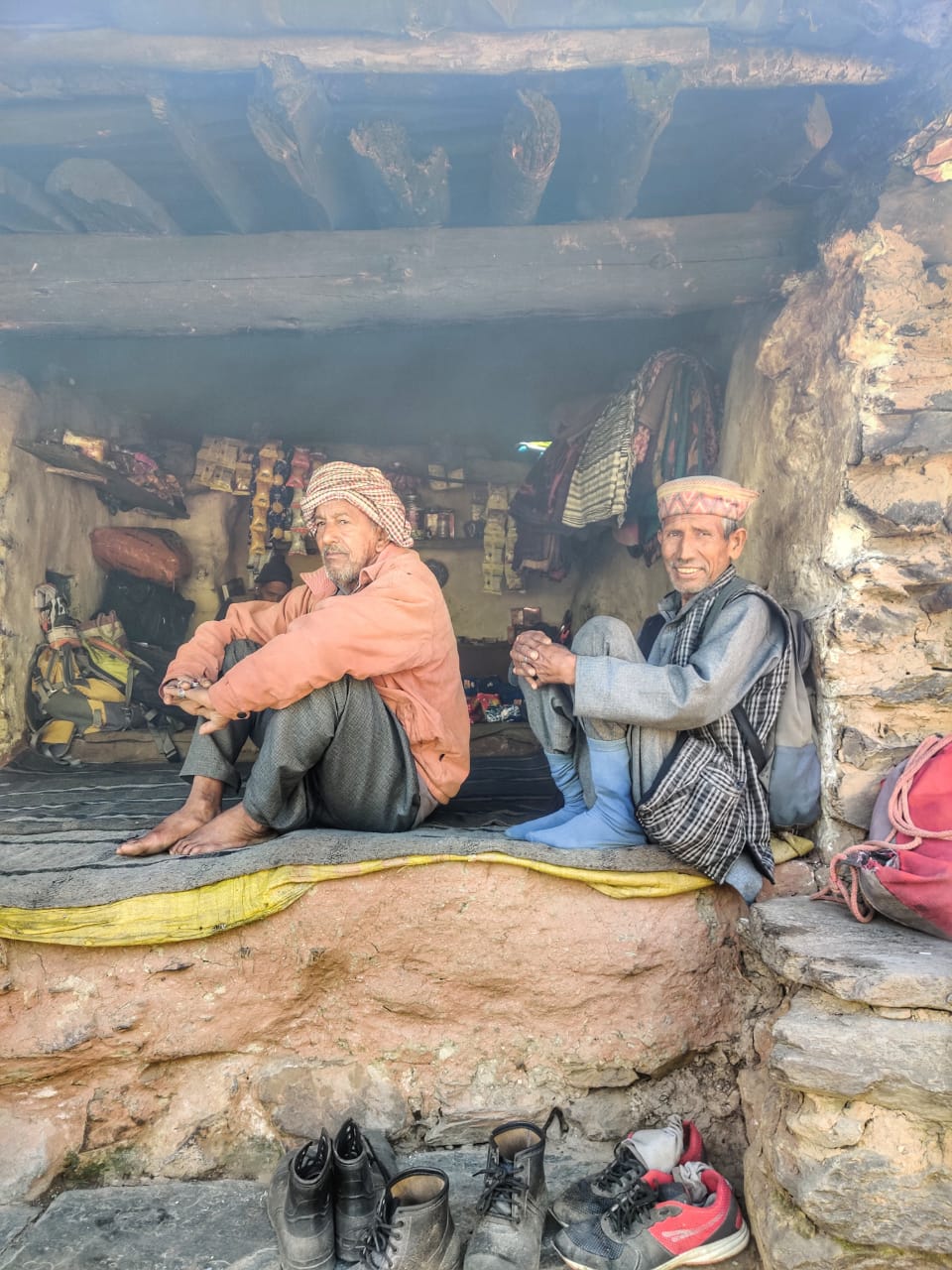
Nothing compares to the thrill and adventure of exploring a new mountain range on your own - not knowing what lies ahead around the next turn of the valley or which unexpected discovery is waiting for you after the next pass.
By the end of September, I crossed my 120th high pass - the Jalsu pass across the Dhauladhar range - a 4,500-meter high wall - separating the Kangra plains from the enchanting Chamba valley. I had climbed a total of 160,000 meters of elevation gain - the equivalent of 18 times the height of Mount Everest (even though at a maximum of 6,200 meters altitude) - at a rate of one high pass every single day over four months and 3,500 km long journey through dense forests, alpine meadows, vast moraines and glaciers, waist-deep snow, landslide-prone valley slopes, and raging mountain streams. Throughout my journey - especially in Ladakh - I met several Europeans who mostly hiked in expedition-style - carrying loads of baggage on horses and using a local guide to show the way. Few hikers in the Himalayas appeared to travel alpine-style - carrying their own luggage or finding their own way which I believe is the purest form of exploring the mountains. Nothing compares to the thrill and adventure of exploring a new mountain range on your own - not knowing what lies ahead around the next turn of the valley or which unexpected discovery is waiting for you after the next pass. Finding your own way, tracking a trail of nomads and shepherds, using topographic maps and navigation to reach your destination is manifolds more satisfying.

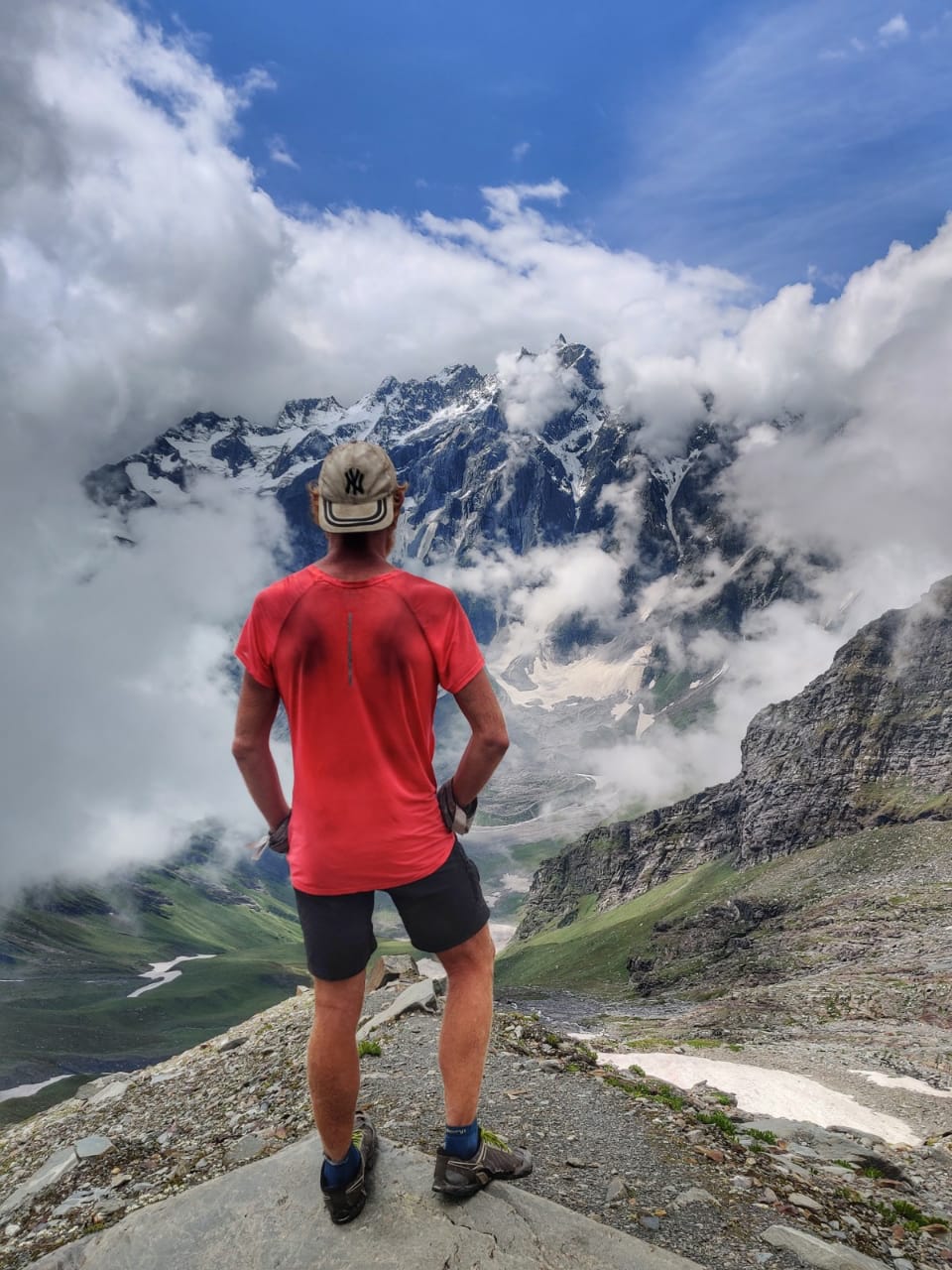
Nothing compares to venturing out solo in a vast no man's land
None of the alpine hikers I met in the Himalayas were traveling minimalist. Every single hiker was carrying a 50-60 liter backpack weighing at least 20-25 kg. These guys were not fighting the mountain, they were struggling beneath their heavy backpacks. With just 4-5 kg in my pack and doing 12 hour long days, I could fast hike 30-45 km a day depending on the terrain and sustain a pace of one high pass per day for 120 days. Hikers I crossed along my way would disappear behind the horizon or the next turn of the valley before they realized how light and fast I was traveling. I was going minimalist in all possible ways. First of all, carrying minimal shelter - a 500-gram bivy and 600-gram quilt. Adhering to rule #1 - camping out of the cold wind - I could sleep comfortably on top of 5,000 m high glaciers. Secondly, I was carrying just enough food ration to make it to the next village. Thirdly, I decided to drop my burner and fuel canister. Instead, I collected dry yak and horse poop and sprinkled it with a bit of kerosene to cook food during longer traverses in the barren desert of Ladakh and Zanskar, where no vegetation or firewood is present. Going light and fast meant I could now complete larger traverses - some of which usually take 8-10 days - in just two days, having to carry less food and thereby further reducing weight. Going light also meant crossing high passes faster and generally camping at lower and warmer altitudes before and after the pass requiring less shelter, further reducing weight.

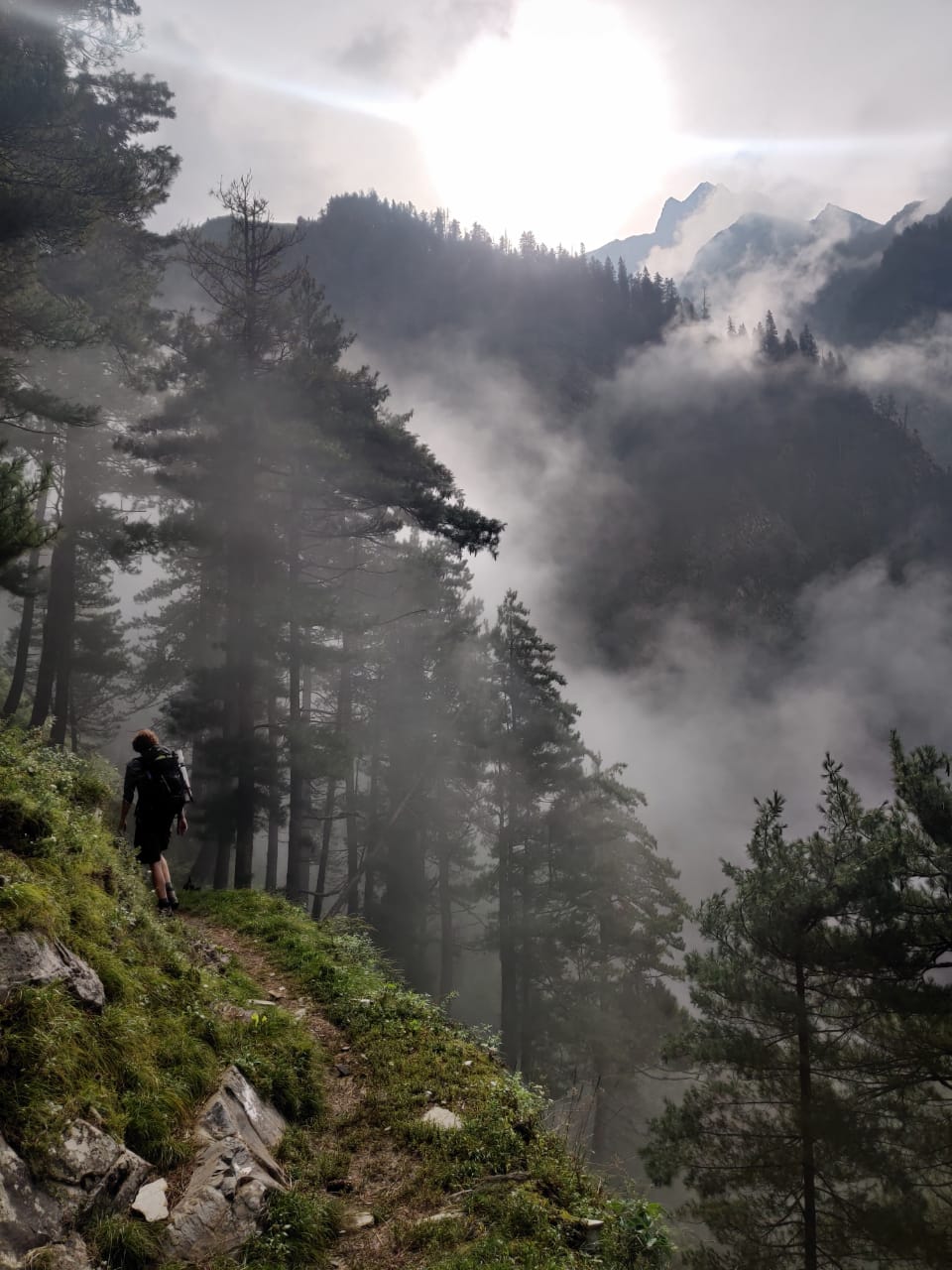
Nothing compares to venturing out solo in a vast no man's land, far away from modern human civilization. The magnitude of the Himalayas can be overwhelming at first, making one feel small in the infinite landscape, and instilling a sense of fear, overwhelming the primal senses. However, a prolonged solo journey eventually gives way for a deep sense of inner peacefulness and a closer connection to virgin nature, untouched by human hand. One experiences a deeper connection with the primal energy of the natural environment in which we were born. Breathing fresh unpolluted oxygen for months, drinking natural waters from melting glaciers and streams, eating organic home-cooked food in small farming hamlets, aligning your biorhythm to the solar cycle and burning calories from sunrise to sunset detoxes the body and enriches the soul. The feeling of sitting alone on top of a pass - far away from human civilization - overlooking a vast glacier stretching out till the horizon and hearing nothing but the sound of the wind is the purest form of meditation.
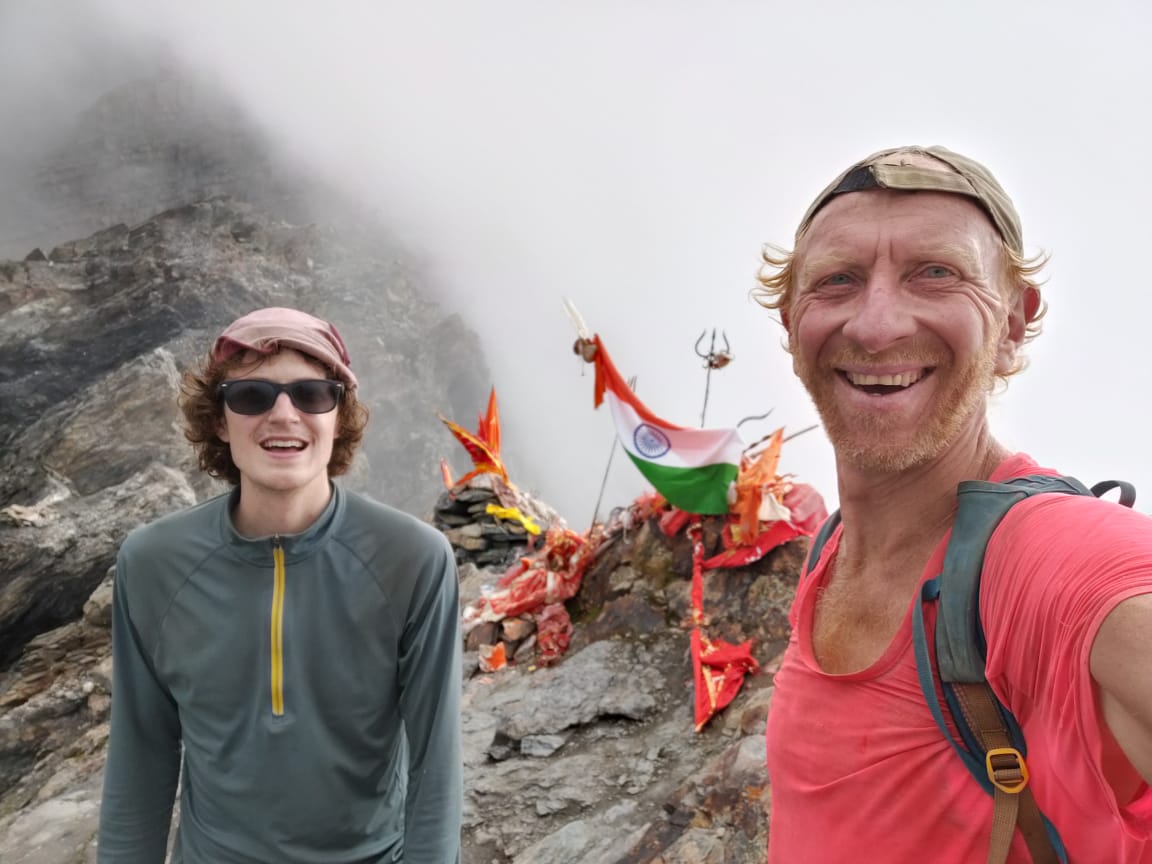
Read next on The Outdoor Journal: Field Notes: Solo Ultra-Running the High Himalaya
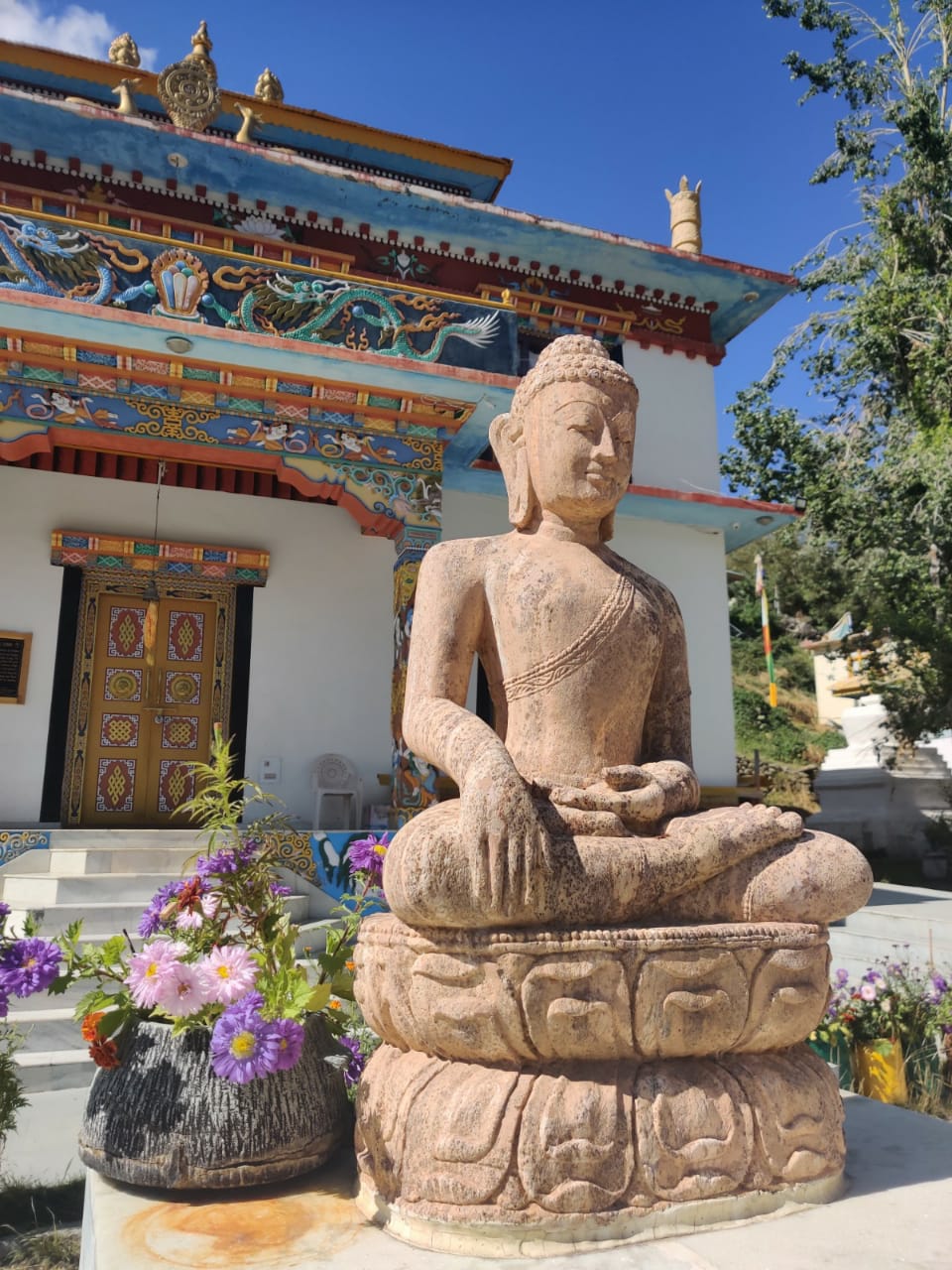
Stay tuned on The Outdoor Journal for Peter’s next update along his 3,500 km journey where he explores over 200 hidden historical forts in the Sahyadri. Click here for more gorgeous photos captured by Peter.
Follow Parts 1 through 3 of Peter's journey:
Part 1, Trans Himalaya 2019: First Contact
Part 2, Trans Himalaya 2019: Breathless in the Himalaya
Part 3, Trans Himalaya 2019: The Invaluable Treasures of Ladakh.
To follow Peter’s expedition, visit his blog.
Facebook: @PeterVanGeit
Instagram: @petervangeit
Chennai Trekking Club






Comments ()